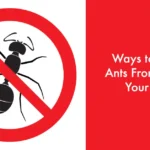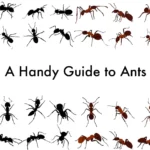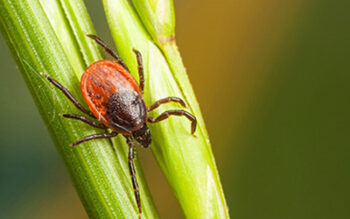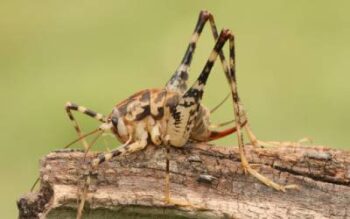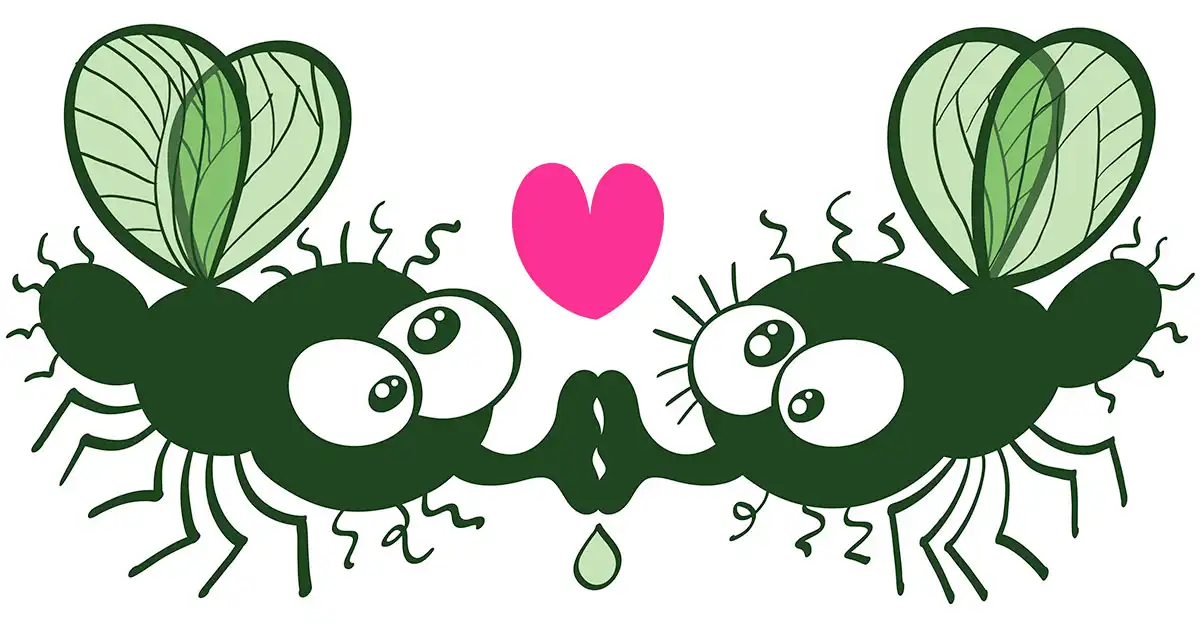
Despite the cute name, kissing bugs can be dangerous. While they’ve previously been detected in the western and southern United States, the latest reports indicate a northern migration so it’s important to learn more about them.
What Are Kissing Bugs?
Kissing bugs are nocturnal, oval, six-legged insects with antenna. They’re also small – only 14-24 mm long. While their official name is triatomines they’re called “kissing bugs” because they feed by biting people, usually on the faces, especially around the mouth, to suck blood.
What Makes Kissing Bugs Dangerous?
Kissing bugs tend to carry a parasite called Trypanosoma cruzi, which lives in its feces and intestines. After a kissing bug feeds on a person it frequently defecates on their face. If the person then unknowingly rubs the tiny drop of feces into the small wound or their mouth, nose or eye they can become infected with Chagas disease. It can be treated but often goes undetected or is mistaken for other diseases.
Where Do Kissing Bugs Live?
While they are more prevalent in warm areas like the southern and southwestern United States, Mexico, Central America and South America; kissing bugs have been found in Delaware and are believed to be heading north. As for locations in and around a home, kissing bugs can live in cracks and holes inside walls, floors, beds, furniture, etc. Kissing bugs can also be found where pests like mice hide and where dogs and cats like to rest. That means preventing or treating a mouse infestation, for example, can also help deter kissing bugs.
What Happens If You’re Bit in the Face by a Kissing Bug?
In the United States the Centers for Disease Control (CDC) estimate that only about 300,000 people have Chagas disease from kissing bugs so odds are it will be a routine bug bite you either won’t notice it or will mistake it for a different bug bite.
If you’ve been bitten by a kissing bug and infected with the Trypanosoma cruzi parasite, a chagoma or small area of redness and hard swelling can form at the site of the bite a week or two afterward. If the bite occurs near an eye, especially if the insect’s feces are accidentally rubbed in, a particular type of swelling known as Romaña’s Sign can occur.
Initially those infected by Chagas disease either have no symptoms or very mild symptoms that look like a flu – fever, rash, body aches and swollen glands. After that, the person can continue to be infected without any symptoms. However, the CDC says that 20-30 percent of people with Chagas disease can get serious symptoms 10-25 years later, including irregular heart rhythms, cardiomyopathy (an enlarged heart) or dilation of the esophagus and colon. Chagas disease can be treated if detected early, but nothing can be done once it reaches the chronic stage.
What Does a Kissing Bug Bite Look Like?
Pretty much like any other bug bite. That’s why people don’t usually realize a kissing bug bit them unless they have a reaction to the bite or develop symptoms of Chagas disease. A reaction to the kissing bug’s saliva generally only causes redness, irritation and some swelling in most cases.
How Do You Treat a Kissing Bug Bite?
Since the biggest danger with a kissing bug bite, aside from an allergic reaction, is transmission of the Trypanosoma cruzi parasite, doctors usually treat it with antiparasitic medication like benznidazole and nifurtimox. Both can be difficult medications to get because benznidazole is only FDA approved for children and isn’t readily carried in American pharmacies but can be obtained by doctors from the manufacturer. Nifurtimox isn’t FDA approved so the CDC needs to provide it as an investigational drug.
How Long Can You Live with Chagas Disease?
Chagas disease patients can live a long time. The disease itself doesn’t kill a person but it can cause heart disease, congestive heart failure, cardiac arrest and other conditions that can.
Differences Between Kissing Bugs and Stink Bugs
Kissing bugs look a bit similar to stink bugs but stink bugs usually have red, orange or yellow stripes that kissing bugs don’t. Stink bugs are also usually smaller than kissing bugs.
Arrow Exterminating Has the Solution
Whether you think you have an infestation of kissing bugs or another type of insect, call Arrow Exterminating. Arrow will help you identify if you have a problem, explain our plan to eradicate your infestation, and give you the peace of mind you need. To get started, contact Arrow Exterminating today.

